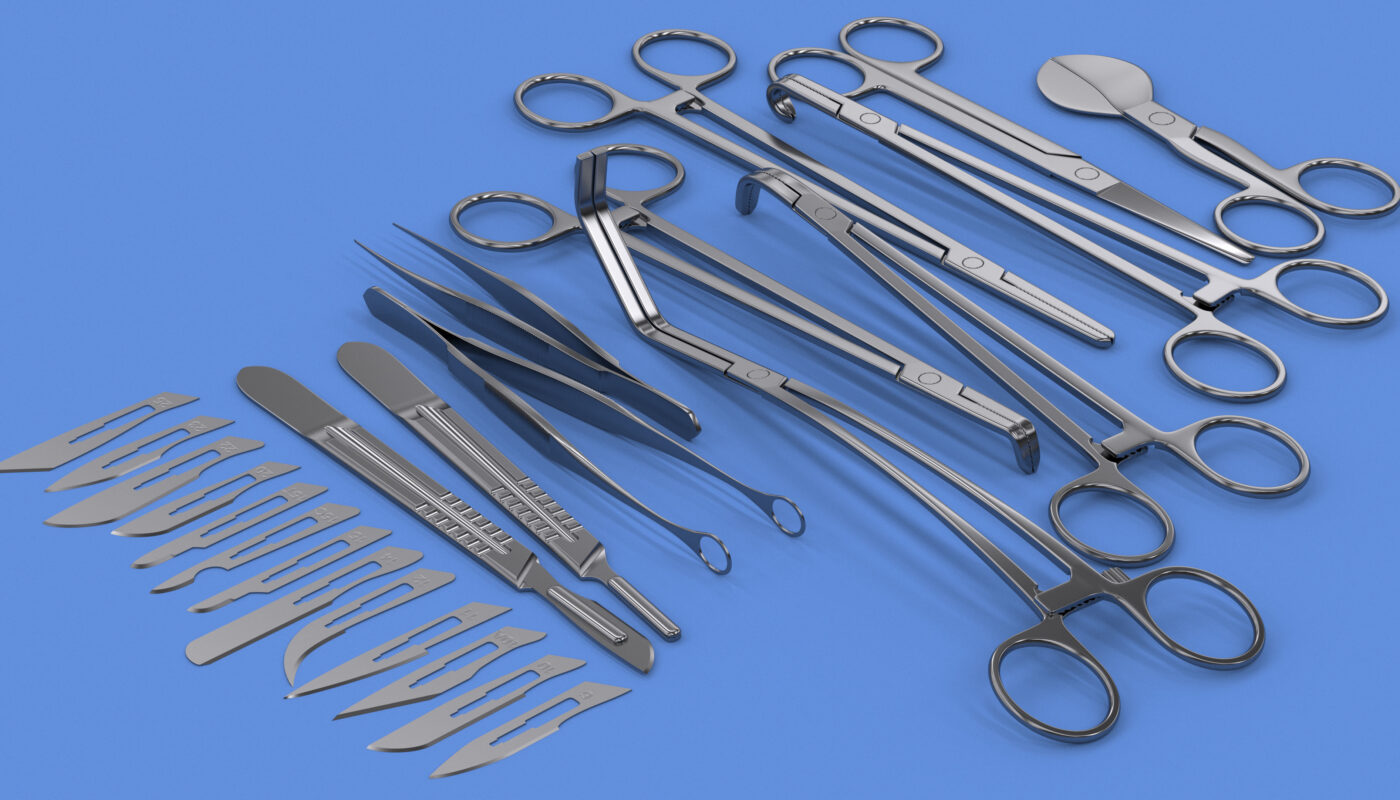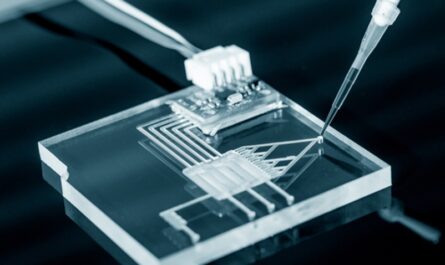The use of powered surgical instruments has completely transformed the way surgeries are performed. These advanced instruments have made complex procedures faster, more accurate and less fatiguing for surgeons.
What are Powered Surgical Instruments?
Several powered instruments such as drills, saws, clip appliers and staplers are used in surgeries these days. Unlike conventional manual instruments, powered instruments are powered by electricity, batteries or pneumatic pressure systems. This allows them to perform tasks such as cutting, grinding, stapling and suturing with precision control and consistency.
Powered instruments provide advantages like adjustable speed and torque control which is not possible with manual instruments. The automated movements reduce surgeon fatigue. Their self-limiting mechanical actions enhance safety. Powered technology has made it possible for surgeons to perform surgeries through small incisions using minimally invasive techniques.
Categories of Powered Instruments
Powered surgical instruments can be broadly categorized into three types based on the power source and mechanism of action:
1. Electric Powered Instruments: Battery or line powered electric motors drive instruments like drills, bone saws and screwdrivers. Their adjustable speeds enhance safety and precision.
2. Pneumatic Powered Instruments: Compressed gases like carbon dioxide power instruments like staplers and clip appliers. Their mechanisms resemble that of nail guns.
3. Ultrasonic Powered Instruments: Ultrasonic energy is used in devices to cut and coagulate tissues simultaneously. Popular examples are ultrasonic scalpels.
Headed by Powered Staplers and Clip Appliers
Among all powered instruments, staplers and clip appliers have proved to be game-changers in surgeries. Their automated functions have streamlined tasks like joining or disconnecting tissues and blood vessels.
Some key advantages of powered staplers over manual ones are:
– Consistent placement of staples for accurate wound closure
– Works faster through smaller incisions
– Adjustable firing force for different tissues
– Reduced risk of misfiring
Similarly, clip appliers provide uniform compression of blood vessels and uniform closure without risks of hand tremors. Some advanced models even apply controllable tension on clips. These powered devices have transformed procedures like bowel and vascular surgeries.
Choosing the Right Instrument for each Surgery
With the variety of Powered Surgical Instruments available, choosing the right tool for a specific procedure requires understanding the anatomy and surgical steps involved. Some factors to consider are:
1. Type of tissue to be acted upon – Bone, muscle, vessels etc.
2. Required precision and forces involved -Cutting, coagulation, temporary/permanent ligation etc.
3. Port access during minimally invasive surgeries
4. Surgeon preference and skill levels
5. Cost considerations
Proper surgical planning and manufacturer guidelines help pick electric, ultrasonic or pneumatic instruments suited for each case. Integrating the right technology optimizes results.
Advancing Surgical Skills with Simulations
Wielding powered instruments skillfully requires good hand-eye coordination and procedural mastery. Many institutions now use surgical simulators to train residents and surgeons.
Simulations provide a safe environment to learn suturing, knot-tying and handling of powered staplers, drills under realistic settings without risks to patients. Integrating virtual reality makes simulations more immersive and useful for skills transfer. Some even provide metrics to assess performance.
This training methodology is gaining popularity as it standardizes skills acquisition, reduces learning curves and ensures patient safety when graduates start assisting surgeries. Simulations will continue to play a key role in building expertise with powered instruments.
Impact on Specialties and Future Innovations
Almost every surgical specialty has been impacted by powered instrument technology.
In orthopedics, powered burrs and saws have improved bone sculpting and joint replacements. Laparoscopic procedures have been transformed by ultrasonic and stapling devices. Cardiac and vascular surgeries utilize powered micro-instruments effectively.
Even traditionally “non-electric” fields like plastic surgery and ophthalmology employ electric dermatomes and vitrectomy machines today.
Research is ongoing to miniaturize these devices further for natural orifice surgeries of the future. Technologies like robotics, artificial intelligence, tissue Analytics are likely to augment existing powered instruments with more capabilities. Addressing specific clinical needs, next-gen devices will surely take minimally-invasive surgeries to a new level.
powered surgical instruments have revolutionized operating rooms worldwide. By enhancing precision and efficiency, they are leaving positive implications for patients, surgeons and the healthcare system. With continued innovations, this technology promises to dramatically improve surgical outcomes.
*Note:
1. Source: Coherent Market Insights, Public sources, Desk research
2. We have leveraged AI tools to mine information and compile it




